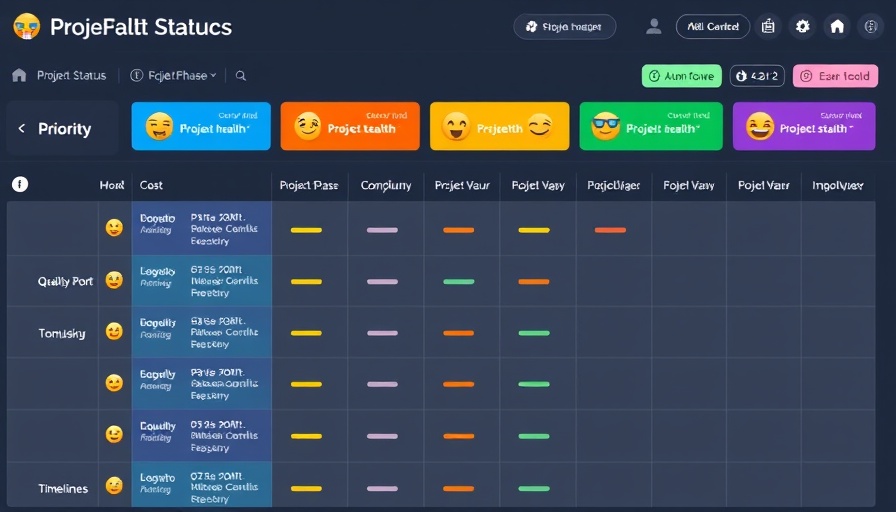
How Quip is Innovating Customer Connections with QR Codes
In a retail landscape dominated by direct-to-consumer brands, Quip, the popular electric toothbrush company, is seamlessly integrating QR codes into its marketing strategy. This move allows Quip to enhance its omnichannel marketing program by improving customer engagement and communication.
The Challenge of Tracking Retail Purchases
Launched in 2015, Quip has seen impressive growth. With over 15,000 retail locations including major chains like Target and Walmart, it has a robust physical presence. However, this expansion also comes with its challenges. Meredith Glansberg, Quip's Chief Revenue Officer, notes, "When you have direct to consumer, you get that data; but when customers buy through third-party retailers, it’s like trying to read a book in another language without the right tools. You lose valuable customer insights needed for future engagement.”
Subscription Services and Recurring Revenue
Recognizing that frequent brush head replacements are essential for dental health—and for Quip’s bottom line—the company has made customer relationships central to its growth strategy. Quip initially launched a subscription program to facilitate this, which is increasingly critical as consumers often neglect timely replacements. Glansberg states, "Customers change their toothbrush heads every three to four months, but studies show they don't always adhere to this schedule. It’s a missed business opportunity that our subscription model aims to capture.”
A New Solution: QR Codes Lead the Way
After replatforming to Shopify, Quip faced the challenge of maintaining customer insights. A pivotal moment came at a conference where Glansberg learned about Brij, an omnichannel data platform that uses QR codes on product packaging. This innovative integration allows customers to share their email addresses easily, effectively starting a direct line of communication. This approach not only enhances data collection but also aligns with Quip’s overall marketing strategy.
Boosting Customer Identification Numbers
The deployment of Brij’s QR code solution has yielded impressive results. Glansberg reveals that Quip has seen a 25% increase in customers providing their email addresses post-implementation. Previously, fewer than a quarter of shoppers chose to share this information, but the redemption rate for email-based offers has shown significant improvement. This means not only more customer data but also higher engagement and potential spending.
The Bigger Picture: Omnichannel Marketing Implications
The integration of QR codes is more than just a technical upgrade for Quip; it symbolizes a shift towards a holistic, customer-centric marketing strategy. By tapping into direct interactions with customers, Quip enhances its demand generation and branding efforts. For businesses looking to scale, this approach serves as a crucial lesson. Connecting digital innovations with traditional retail can lead to more effective marketing and customer acquisition strategies—essentially bridging the gap between online and offline experiences.
In a landscape where customer relationships can make or break a brand, Quip's innovative use of technology highlights the necessity for businesses to adopt dynamic marketing solutions.
 Add Row
Add Row  Add
Add 



Write A Comment